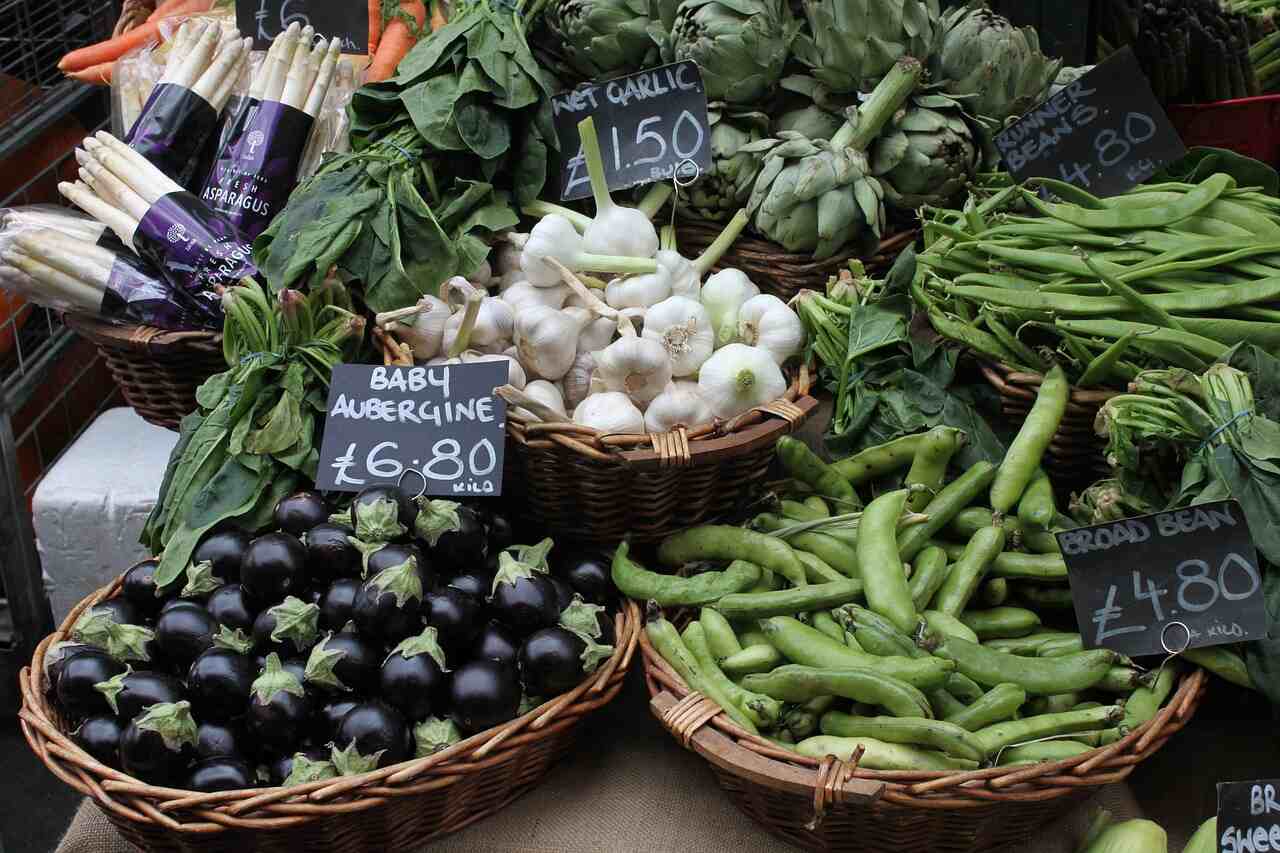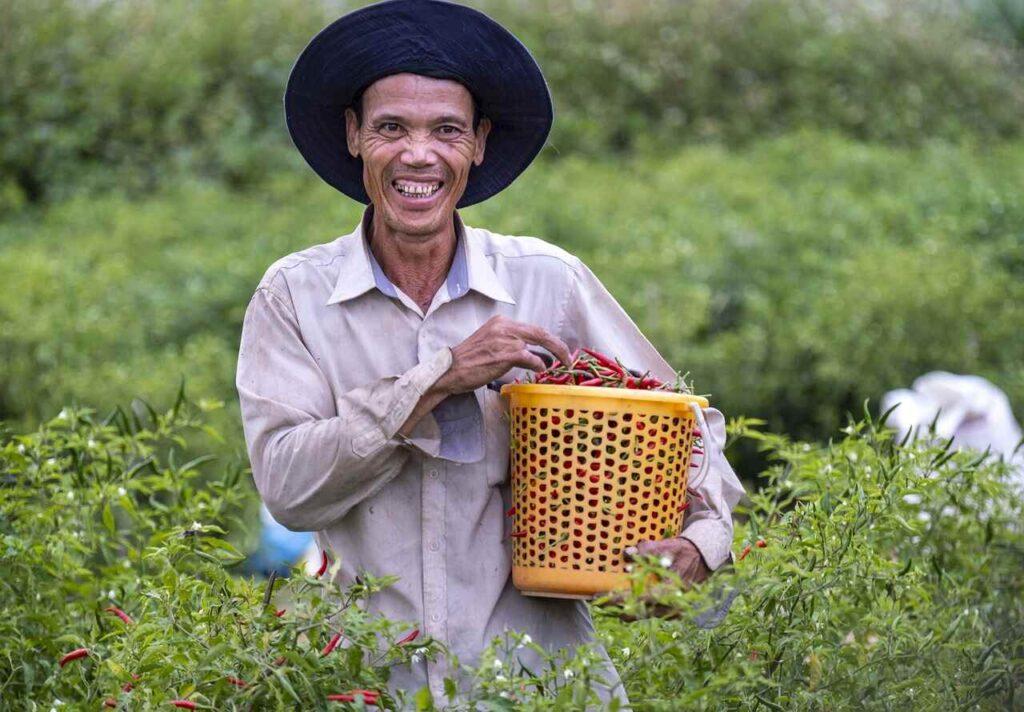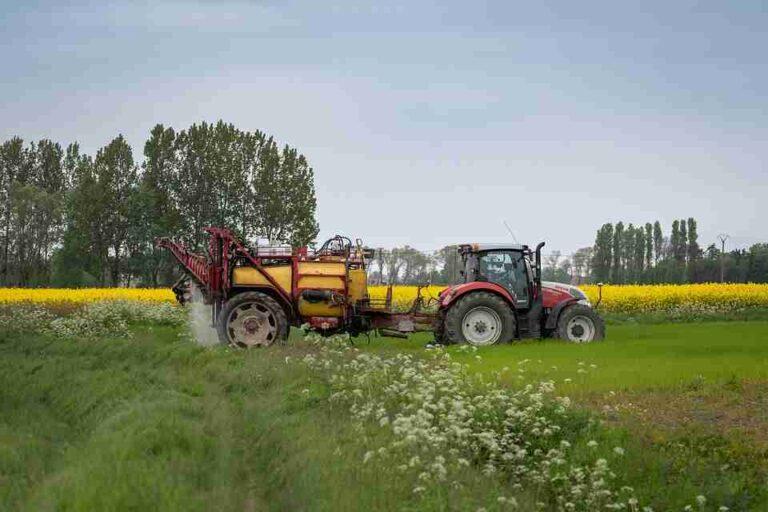14 Characteristics of Subsistence Farming: A Few Pros and Cons Globally
Subsistence farming has served as the foundation of rural communities for many centuries. In contrast to commercial farming, which aims to maximize profit and production, subsistence farming is centered around fulfilling the immediate needs of a family or small community. This type of agriculture boasts a rich historical background, often employing traditional methods that emphasize self-sufficiency rather than profit.
Table of Contents
Definition of Subsistence farming

Subsistence farming is a type of agricultural practice where the main goal is to produce sufficient food to sustain the farmer’s household, with minimal or no excess available for sale or exchange. In contrast to large-scale farming that utilizes modern equipment and advanced technology, subsistence farming generally depends on manual labor and local resources.
Historical Background of Subsistence Farming
Traditionally, subsistence farming was prevalent globally before advancements in agricultural technology and the rise of urban markets. It remains commonly practiced in certain regions of Africa, Asia, and Latin America. These communities still rely on subsistence farming because of economic constraints and geographic seclusion.
Main Features of Subsistence Farming
1-Limited Use of Land

Subsistence farms are typically small, usually covering only a few acres. This restricted amount of land limits the volume of crops that can be cultivated, directing production toward what is essential for the family’s survival.
2-Small-Scale Manufacturing
Subsistence farming involves small-scale agricultural practices. The primary objective is to generate sufficient food to satisfy essential requirements, with minimal excess for trading purposes. This method differs from commercial agriculture, which focuses on extensive production to optimize sales.
3-Minimum Usage of Machinery

In subsistence agriculture, technology plays a minor role. Farmers mainly depend on traditional implements such as hoes, sickles, and basic plows. The use of modern machinery, irrigation techniques, and sophisticated tools is infrequent because of financial limitations and limited accessibility.
4-Low Crop Output
Given the emphasis on supporting the family, crop production usually remains low in subsistence farming. The restricted application of chemical fertilizers and pesticides also plays a role in the average yields commonly found in this approach.
5-Crop Variety for Family Requirements

One distinctive characteristic of subsistence farming is the variety of crops cultivated. In contrast to monoculture practices, subsistence farmers grow several types of crops to guarantee a well-rounded diet for their households. For instance, a subsistence farmer might plant grains, vegetables, fruits, and legumes on the same piece of land to offer nutritional diversity.
6-Self-Reliance Emphasis

The primary goal of subsistence farming is to achieve self-sufficiency. The farmer focuses on generating sufficient food to sustain their family, typically without relying on outside resources. This self-reliant method minimizes dependence on markets and commercial supplies.
7-Lack of Marketplace Placement

Subsistence farmers typically do not focus on the market. Most of their yield is consumed by the family, with any surplus distributed within the local community. This differs from commercial farming, which aims primarily to grow crops for sale. This is the reason the economic growth rate is very low of these economies.
8-Limited Usage of Chemical Participations
In subsistence farming, the use of chemical fertilizers and pesticides is uncommon. Farmers typically depend on organic substances such as compost and manure. Due to poverty, they cannot afford to buy chemical fertilizers and pesticides. This method is frequently influenced by financial limitations and insufficient access to industrial farming resources.
9-Dependency on Family Work

Subsistence farming generally engages all family members in agricultural tasks. Every person contributes their labor, lowering the necessity for hired assistance. This dependence on family labor makes subsistence farming cost-effective, as most activities are performed by hand.
10-Traditional Agricultural Methods

Subsistence farmers employ age-old agricultural practices that have been handed down over generations. These techniques can involve crop rotation, manual planting, and dependence on natural resources such as rainfall for irrigation.
11-Reliance on Natural Assets
a-Rain Dependent Cultivation
Subsistence farmers rely primarily on natural rainfall since most of them do not have access to irrigation systems. This dependence renders subsistence farming particularly susceptible to fluctuations in weather patterns and climatic conditions.
b. Use of Local Seed
Many farmers typically save seeds from their earlier harvests, choosing plants that thrive in their specific environments. This method decreases the reliance on bought seeds and supports the preservation of crop variety.
12-Seasonal Produce Rotations
Subsistence farming operates by seasonal patterns since many farmers lack the means for greenhouses or off-season cultivation. Crops are sown and gathered based on regional climate conditions, and food is preserved for consumption during the months when crops are not growing.
13-Risk and Helplessness to Weather

Small-scale farmers are especially exposed to climate-related challenges such as droughts, floods, and pest infestations. In the absence of modern technology or infrastructure to address these problems, a difficult growing season can result in food scarcity for the household.
14-Low Earnings and Economic Solidity
Because subsistence farmers create only enough for their survival, they frequently earn little to no income. This restricted output prevents them from making substantial profits, which complicates efforts to enhance their economic circumstances.
Examples of Subsistence Farming Globally

Subsistence farming is common in many parts of the world, especially in developing countries. In Sub-Saharan Africa, small-scale farmers grow staples like maize, millet, and cassava. In Southeast Asia, rice paddies support rural communities, while in Latin America, families may cultivate corn, beans, and squash for personal use.
Conclusion
Subsistence farming provides a vigorous living for millions of people in the world. While it has challenges like helplessness to climate and restricted economic strength, it also offers flexibility and self-reliance to those who exercise it. In numerous agriculture zones, subsistence farming supports families to fulfill their everyday food requirements and conserves outdated agricultural practices.


